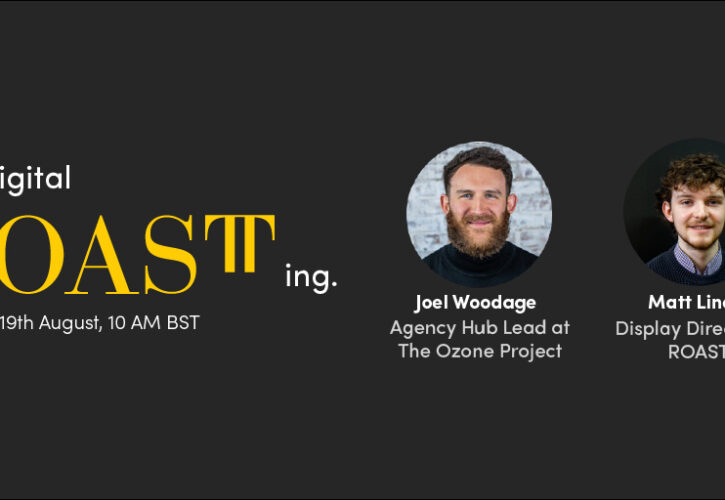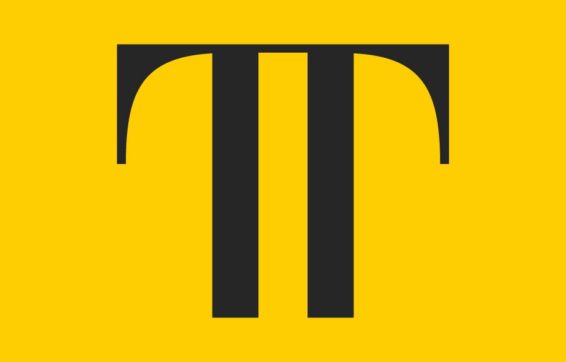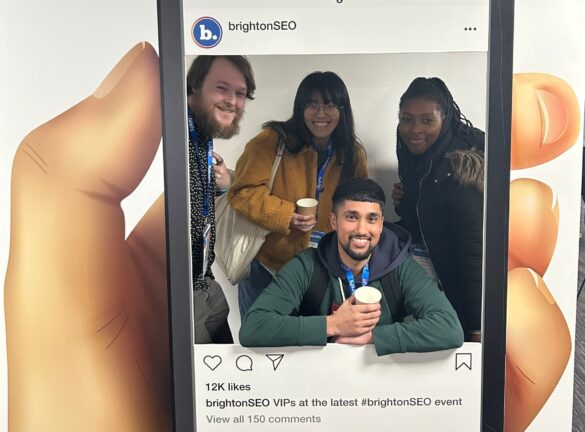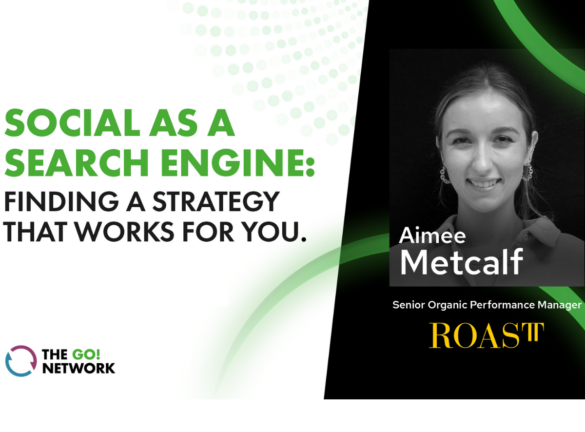
The Digital ROASTing with The Ozone Project
On Thursday 19th August, Matt Lines, Display Director at ROAST sat down with Joel Woodage, Agency Hub Lead at The Ozone Project. The pair dug into Ad Tech developments within the media buying landscape, reflected on the challenges and conversations drawn from both Apple’s IOs update and the ISBA programmatic study, as well as looking ahead to the next 12 months to interrogate upcoming changes on the horizon.
A video of the session is available to watch here, and the key points are summarised below:
Matt Lines: Tell us more about The Ozone Project’s proposition and how they fit into the wider media ecosystem in the UK?
Joel Woodage: The Ozone Project is a partnership between some of the UK’s leading publishers. We have built a digital ecosystem based on a first-party data approach. As the industry moves away from third-party cookies, we enable near-universal reach to all UK adults online across some of the most engaging and high-attention digital environments. The platform enables buyers to understand the nation – currently 45.1 million users – as they consume content across premium titles, and this enables buyers to engage these audiences based on their passions and interests.
We see ourselves as a scaled alternative to the open web, with monthly user volumes equivalent to the big tech brands. Ultimately we’re looking to complement the brand-led sell of our individual publishers.
The core founding publishers of Ozone were Reach, The Guardian, Telegraph and News UK. Outside of this, we partner with a range of lifestyle and editorial titles including The Independent, Evening Standard, TimeOut, Stylist, City AM and a host of other publishers.
ML: Kicking off with one of the hottest topics in digital media this past year: privacy. Specifically, the changes big ad tech has made to limit our ability to track activity across both app and web environments. We saw the first of these changes in Spring 2021 when Apple updated to IOs 14.5, and restricted our ability to access device ID on IOs devices. While we were given an extended grace period by Chrome, we are expecting a similar change on the web as Google is scheduled to deprecate the use of third-party cookies on their Chrome browser.
Joel, looking back in hindsight, how prepared were the Ozone Project for those changes had they landed on schedule? Beyond that, how well suited will Ozone be for those changes when they come in?
JW: It’s an interesting time in digital, The Ozone Project was founded to address core concerns around privacy and at present, we’re seeing a lot of agencies and brands testing other avenues to third-party cookies, whilst others are hanging while they can.
The delay gives clients more breathing room, however, with Safari already not supporting third-party cookies, the change is not new. Brands can’t and shouldn’t ignore the change that’s coming.
From an Ozone perspective, we were founded post-GDPR. With the knowledge that these changes were coming, we already have a number of ways to create audiences and drive audience engagement opportunities outside of third-party cookies. Our approach is structured around three core components to help brands navigate this challenge across measurement and targeting: we see the need to re-imagine measurement and not re-architect the past, to respect users behind the data, and to create a better experience for consumers and brands.
We have been investing and testing measurement initiatives to look at alternatives that don’t support third-party cookies, including custom audience targeting, Ozone Outcomes, Attention Measures and Audience Cohorts offered through our Ozone Marketplace offering. For us it’s very much business as usual, we already run campaigns without the use of third-party cookies so we’re well-primed for this change.
ML: Moving onto the topic of transparency. Roughly 12 months ago, ISBA released their programmatic supply chain study which rocked the industry and refocused attention onto the issue of transparency. It definitely encouraged publishers, advertisers and agencies to re-align on continuing to resolve this issue moving forward.
Looking back over the page 12 months, what impact have you observed from the ISBA study?
JW: There has been a definite impact. We’re having positive conversations with agencies and advertisers around making positive changes on the topics highlighted in the study. Ozone was founded to address a number of these issues, and we’ve seen clients requesting more transparency across the board around their programmatic activations to ensure their campaigns are delivered across sites that they know and trust.
Ozone is often held up as a way for advertisers and agencies to overcome some of the issues brought up in the study and it’s great to see people coming to Ozone to open up these conversations with us. Having said that, a lot of these bigger picture & strategic views don’t always translate through to channel investment.
The study has been fundamental in driving change and creating that awareness in the industry. It still remains a significant talking point, but it should be a discussion between brands and agencies; we all need to work together to drive that change.
ML: Definitely, and as part of driving that change, we need to understand that parts of that supply chain do add value. It’s about being honest about which pieces of tech add value, to justify their continued role within client set-up.
Looking broadly at the last 12 months, what do you think the biggest challenge has been for The Ozone Project?
JW: It’s got to be maintaining awareness of Ozone as a means to complement the work of publishers and partners, rather than as an alternative way to buy publisher inventory. Clients should continue to work with our publishers for partnership opportunities and have Ozone there to drive awareness across the portfolio.
ML: The Ozone Project benefits from having a wide breadth of reach, but also increasingly, a depth of reach covering different types of content and audiences. From this privileged position, Ozone must have its finger on the pulse of content consumption trends?
Looking back, are there any key consumption trends that brands should be aware of?
JW: Of course, we work hard to highlight the insights we have access to. One of the overarching trends during the pandemic was record levels of audience engagement that publishers received. People tend to trust in Editorial for news & content, driven both by news, but also by categories such as Sports, Entertainment and Home & Garden – we all remember the buzz of banana bread at the start of lockdown!
Our content is ultimately driven by publisher and readership demands, as a result, we have a unique insight-view into how the UK consumes content, this knowledge in turn fuels our insight platform.
Following our fantastic summer of sport, we saw content spikes in the lead up to and during key events such as Wimbledon, The Euros and The Olympics. We’ve been able to harness these insights to help brands build out strategies around how they can engage those audiences.
We also recently launched a newsletter called Reading the Nation, which goes out to our partners and details consumption trends from the week before.
You’ve mentioned some of the larger trends, however from your position across a wider range of publishers, is it easier to identify smaller trends that are bubbling below the surface?
JW: Definitely, just last week we were looking at sports content and rollerblading, a niche audience that is highly engaged. We can spot and pull out these smaller trends, using and tailoring the data to tell a story for the client.
ML: Turning to another major topic and buzzword in digital media: attention. This has emerged as a new way of measuring and making digital media accountable for the impact it has on the end-user. It takes us a step beyond some of the more technical metrics and gives us a more robust way of measuring whether users are actually concentrating on the ads that are served.
Given that the Ozone Project play in this space, what role do you think attention metrics will have in media buying in the future?
JW: We see it as a positive step and a significant move for the industry. Ozone bills itself as a high attention advertising platform, simply because of the high engagement our publishers see daily, weekly and monthly.
The notion of attention measurement shines a light on the idea that not all impressions are ultimately equal. We’ve done a lot of independent research with our partner Lumen that has shown that ads in environments like Ozone’s drive over 49% more attention than the rest of the web.
To build on this, we’ve recently launched the Ozone Attention Index, which is a proprietary measurement tool that we use to report on all PCAs moving forward, plus any briefed KPIs such as viewability. We’ve also written a whitepaper on this topic, which you can find here.
We see it as a very important and first step for clients to understand how much attention their ads are getting. We’re also working with Lumen to do a deep dive into why premium environments do drive greater attention for brands, so do keep an eye out for this.






